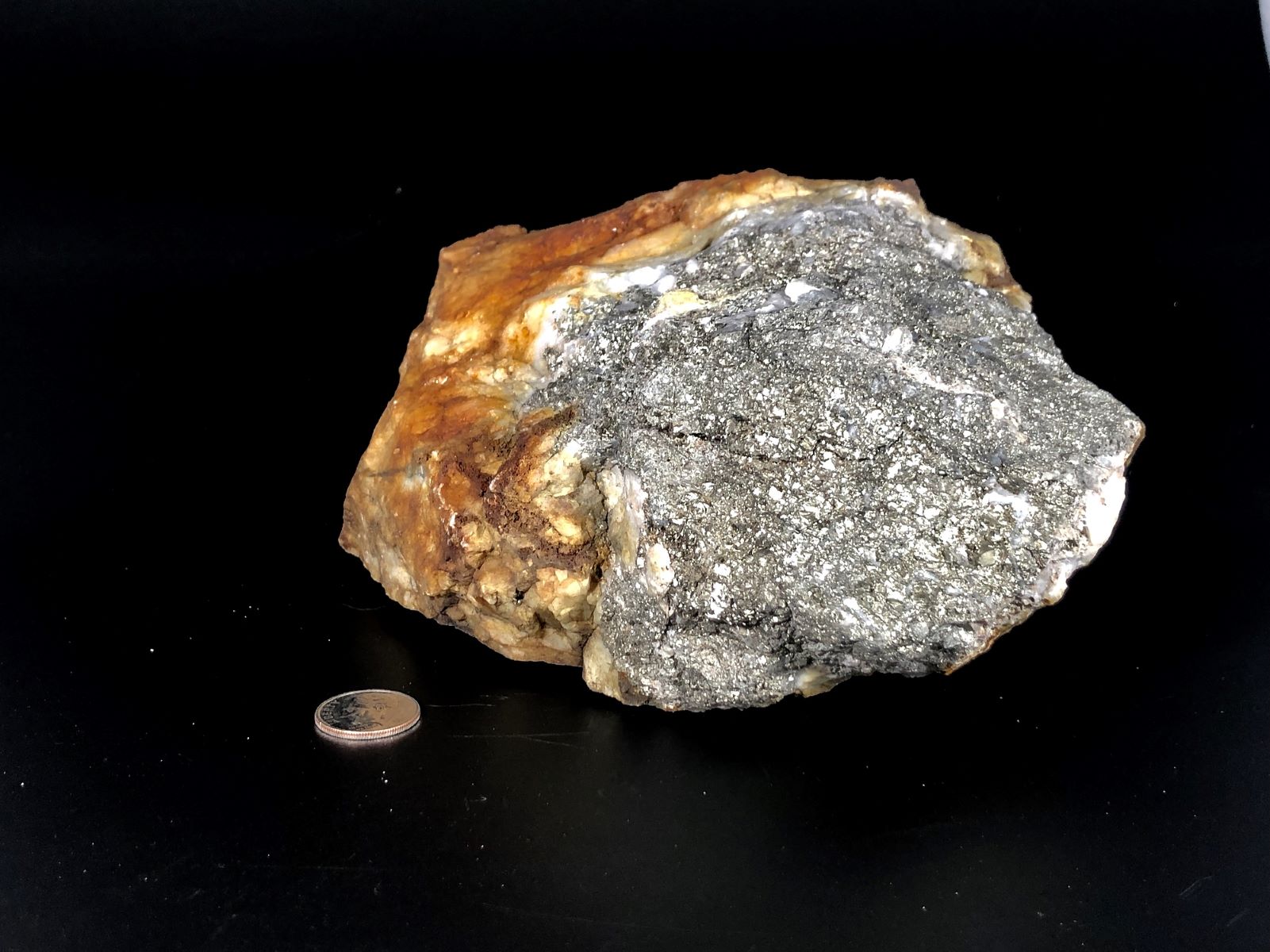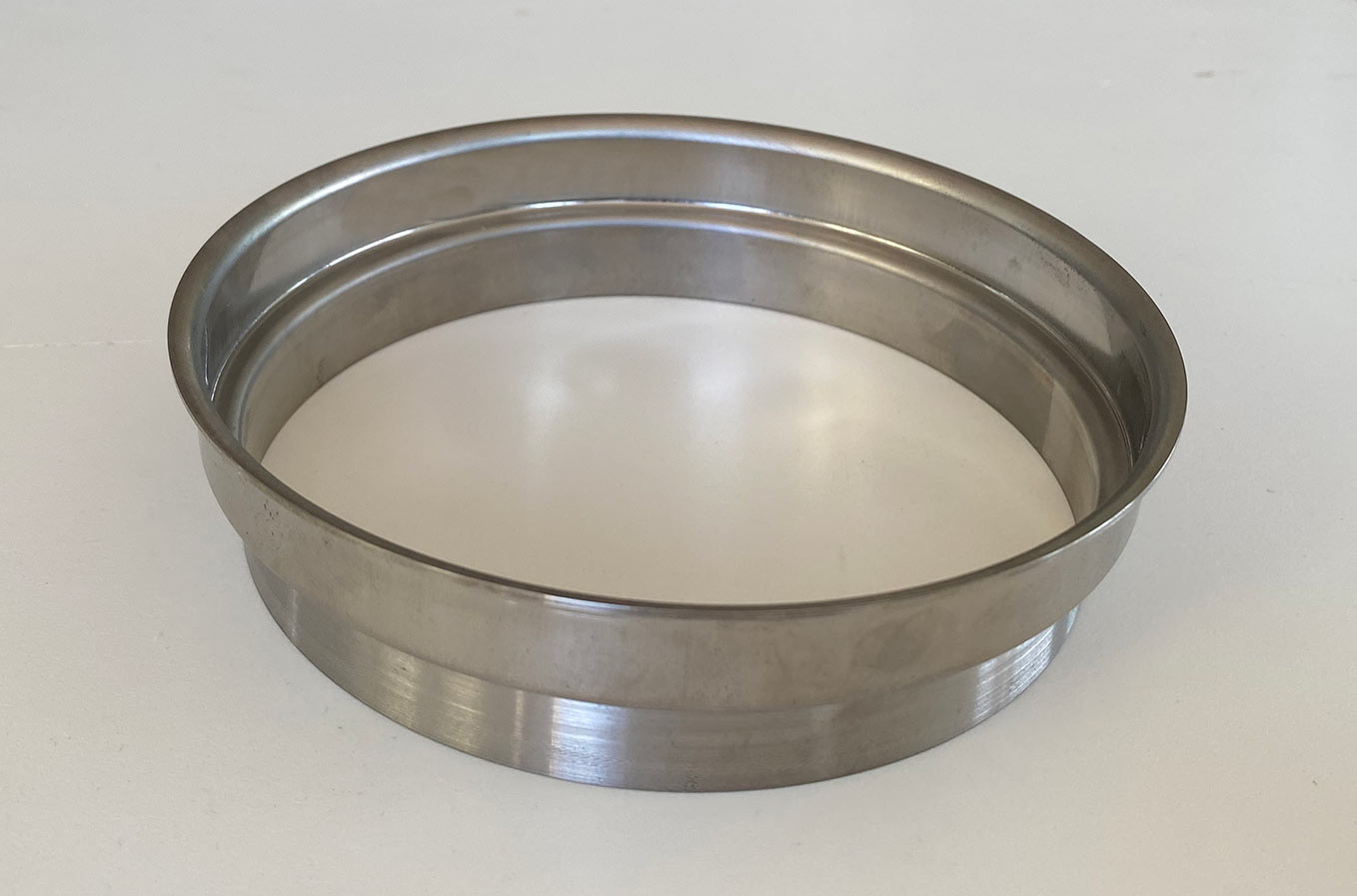
Crucible steel has a rich history that dates back centuries, known for its exceptional strength and durability. But what exactly makes this type of steel so special? Crucible steel is produced by melting iron and other materials in a crucible, a ceramic or metal container that can withstand extremely high temperatures. This process allows for precise control over the composition of the steel, resulting in a high-quality product. Historically, it was used to create some of the finest swords and tools. Today, it remains a symbol of superior craftsmanship. Ready to dive into 40 fascinating facts about crucible steel? Let's get started!
Key Takeaways:
- Crucible steel, known for its strength and durability, has a fascinating history dating back to ancient times. It was used to make legendary swords and continues to inspire modern metallurgy.
- The production of crucible steel involves precision and skill, with its influence seen in modern high-tech industries. Its cultural impact and technological advancements have left a lasting legacy worldwide.
What is Crucible Steel?
Crucible steel is a high-quality metal known for its strength and durability. It has a fascinating history and unique production process. Here are some intriguing facts about this remarkable material.
-
Crucible steel is made by melting iron and other materials in a crucible, a container that can withstand high temperatures.
-
The process of making crucible steel dates back to ancient times, with evidence of its production in India around 300 BCE.
-
This type of steel was highly prized for making weapons and tools due to its superior hardness and ability to hold a sharp edge.
-
The famous Damascus steel, known for its distinctive patterns and strength, was made using crucible steel techniques.
-
Crucible steel production spread from India to the Middle East and later to Europe, influencing metalworking practices worldwide.
The Production Process
The production of crucible steel involves several steps that require precision and skill. Here are some key points about how it is made.
-
Iron ore and carbon-rich materials like charcoal are placed in a crucible and heated to high temperatures.
-
The high heat causes the iron to absorb carbon, transforming it into steel.
-
The molten steel is then poured into molds to cool and solidify.
-
The resulting ingots are often reheated and hammered to remove impurities and improve the metal's properties.
-
This process can be repeated multiple times to achieve the desired quality and characteristics.
Historical Significance
Crucible steel has played a crucial role in history, particularly in the development of weapons and tools. Here are some historical facts.
-
Ancient Indian blacksmiths were among the first to master the art of making crucible steel, known as Wootz steel.
-
Wootz steel was traded across the ancient world, reaching as far as Rome and China.
-
The legendary swords of the Middle Ages, including those of the Vikings and the Crusaders, were often made from crucible steel.
-
The secret of making Damascus steel was lost for centuries, adding to its mystique and value.
-
Modern metallurgists have studied ancient crucible steel to understand its unique properties and recreate its production methods.
Modern Applications
While traditional crucible steel is no longer widely produced, its legacy lives on in modern metallurgy. Here are some contemporary uses and influences.
-
Modern high-carbon steels used in tools and knives are inspired by crucible steel techniques.
-
Metallurgists continue to study ancient crucible steel to develop new alloys with improved properties.
-
The patterns seen in Damascus steel are replicated in modern pattern-welded steels, used in decorative and functional items.
-
Crucible steel's influence can be seen in the development of advanced materials like superalloys used in aerospace and other high-tech industries.
-
Collectors and enthusiasts seek out historical crucible steel artifacts for their beauty and historical significance.
Interesting Facts
Crucible steel is not just about its production and uses; it also has some fascinating trivia. Here are some interesting tidbits.
-
The word "crucible" comes from the Latin word "crucibulum," meaning a night lamp or a melting pot.
-
The distinctive patterns in Damascus steel are caused by variations in the carbon content and the forging process.
-
Some ancient crucible steel swords were believed to have magical properties due to their superior performance.
-
The process of making crucible steel was a closely guarded secret, passed down through generations of blacksmiths.
-
Modern scientists have used electron microscopy to study the microstructure of ancient crucible steel, revealing its complex composition.
Challenges in Production
Producing crucible steel is not without its challenges. Here are some difficulties faced by ancient and modern metallurgists.
-
Achieving the right temperature and maintaining it consistently was a significant challenge for ancient blacksmiths.
-
Controlling the carbon content in the steel required precise knowledge and skill.
-
Removing impurities from the molten steel was a labor-intensive process that required multiple reheatings and hammerings.
-
The quality of the final product depended on the purity of the raw materials used.
-
Modern attempts to recreate ancient crucible steel have faced challenges in replicating the exact conditions and techniques used by ancient blacksmiths.
Cultural Impact
Crucible steel has left a lasting impact on various cultures around the world. Here are some cultural aspects related to this remarkable material.
-
In India, Wootz steel was considered a symbol of craftsmanship and technological prowess.
-
The swords made from crucible steel were often given as gifts to royalty and dignitaries.
-
In the Middle East, Damascus steel blades were highly prized and became a symbol of the region's metallurgical expertise.
-
European knights and warriors sought out crucible steel weapons for their superior performance in battle.
-
The mystique surrounding crucible steel has inspired countless legends and stories throughout history.
Technological Advancements
Crucible steel has contributed to technological advancements in metallurgy. Here are some ways it has influenced modern technology.
-
The study of crucible steel has led to a better understanding of the properties of high-carbon steels.
-
Techniques developed for making crucible steel have been adapted for modern steel production methods.
-
The patterns seen in Damascus steel have inspired new methods for creating decorative and functional metalwork.
-
Research into ancient crucible steel has led to the development of new alloys with improved strength and durability.
-
The legacy of crucible steel continues to inspire innovation in the field of metallurgy.
The Last Word on Crucible Steel
Crucible steel has a rich history and a significant impact on modern metallurgy. Its unique properties, like high carbon content and exceptional strength, made it a game-changer in weapon and tool manufacturing. From ancient India to the industrial revolution, this steel has been a cornerstone in technological advancements.
Understanding these 40 facts about crucible steel gives you a glimpse into its importance and evolution. Whether you're a history buff or a metallurgy enthusiast, knowing about crucible steel enriches your appreciation for the materials shaping our world.
So next time you see a high-quality knife or a sturdy tool, remember the centuries of innovation behind it. Crucible steel isn't just a material; it's a testament to human ingenuity and the relentless pursuit of excellence.
Frequently Asked Questions
Was this page helpful?
Our commitment to delivering trustworthy and engaging content is at the heart of what we do. Each fact on our site is contributed by real users like you, bringing a wealth of diverse insights and information. To ensure the highest standards of accuracy and reliability, our dedicated editors meticulously review each submission. This process guarantees that the facts we share are not only fascinating but also credible. Trust in our commitment to quality and authenticity as you explore and learn with us.


